Epilog Fibermark S2
The FiberMark S2 is your solution for etching and marking all types of bare metals and plastics. It uses a solid state fibre laser source running at 1062nm to directly mark and engrave a wide range of metals and industrial plastics. The system features a 24" x 12" (610 x 305mm) engraving area and will accept product up to 5" (127mm) in thickness.
Fibermark S2: 24" x 12" (609mm x 305mm)
The Epilog user friendly dashboard works in tandem with most mainstream Windows and MAC based graphic packages including AutoCAD, Bartender, Corel Draw and Illustrator . The FiberMark S2 also accepts our Rim-Drive and 3 jaw chuck rotary attachments and with a variety of lenses on offer means you can engrave endless shapes and sizes.
Specifications and Compatible Materials
Click the links below to find out more about the Epilog Fibermark specifications and a list of compatible materials.
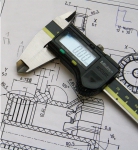 Epilog Fibermark Specifications
Epilog Fibermark Specifications
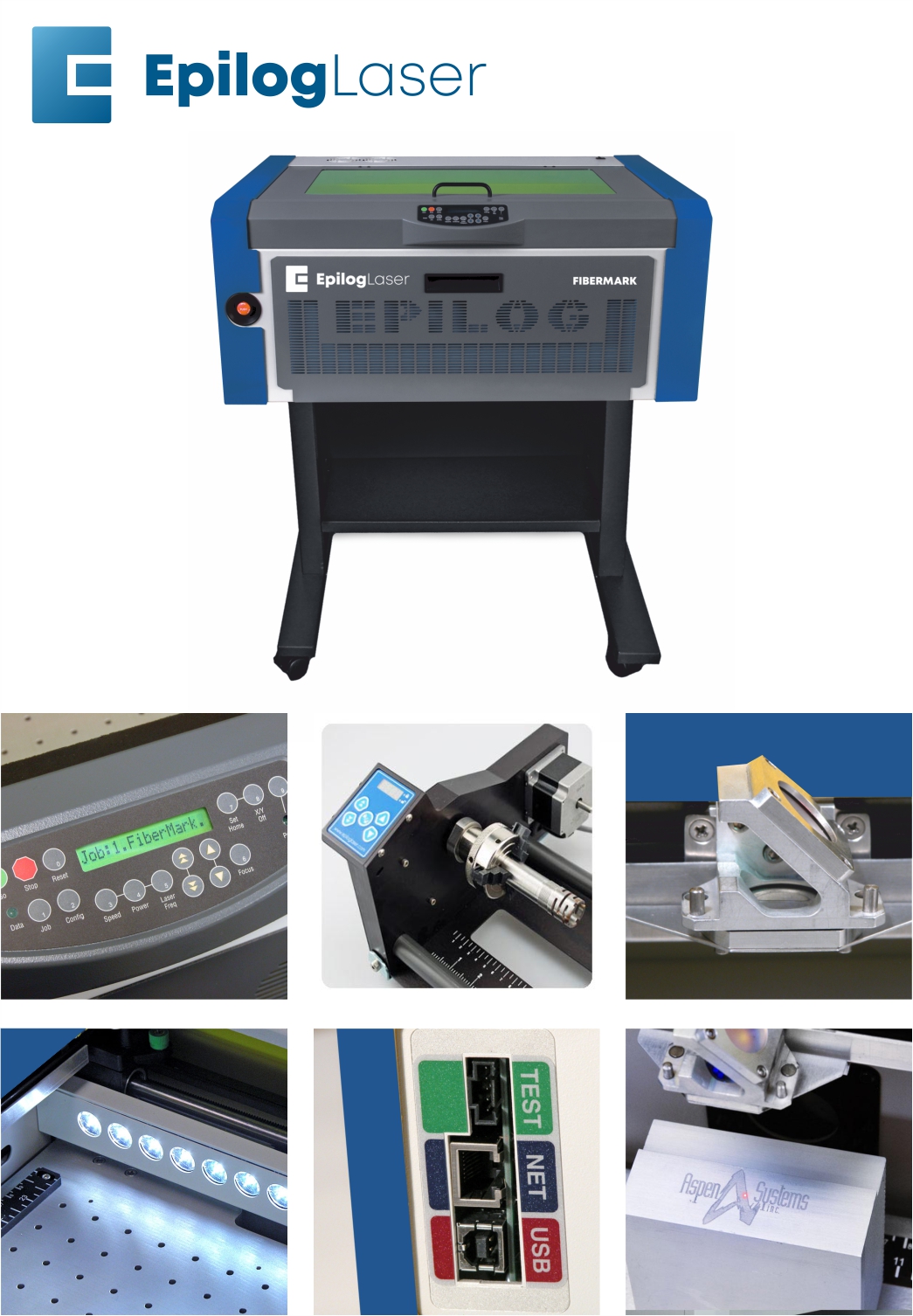
Epilog Fibermark TOUR
Check out the video below to get a full tour of the Fibermark series and all it has to offer.
Fibermark FEATURES
Our FiberMark S2 laser machine is truly a unique product in the metal and plastic marking industry. The combination of a flying-optic design and the highest quality engraving results provide a one-of-a-kind solution for your metal marking and engraving needs. Check out some of the most impressive features of the Fibermark below.
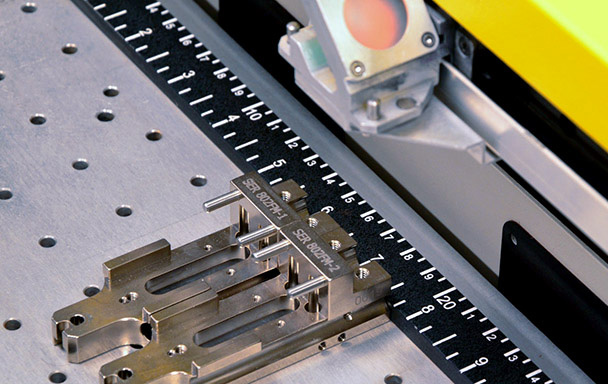
High-Speed Parts Marking
Flying-optic beam delivery system provides fast, accurate metal marking.

High Volume, Multi-Piece Marking
Easy-access, drop-down door allows for easy access to the engraving table.
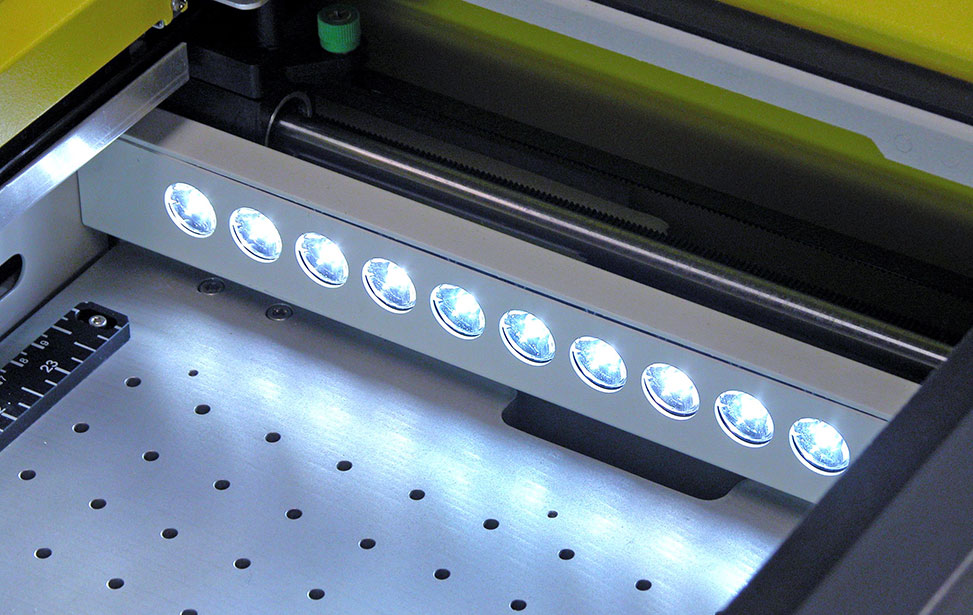
LED In-Cabinet Lighting
Inline LED lighting designed to illuminate the marking area.
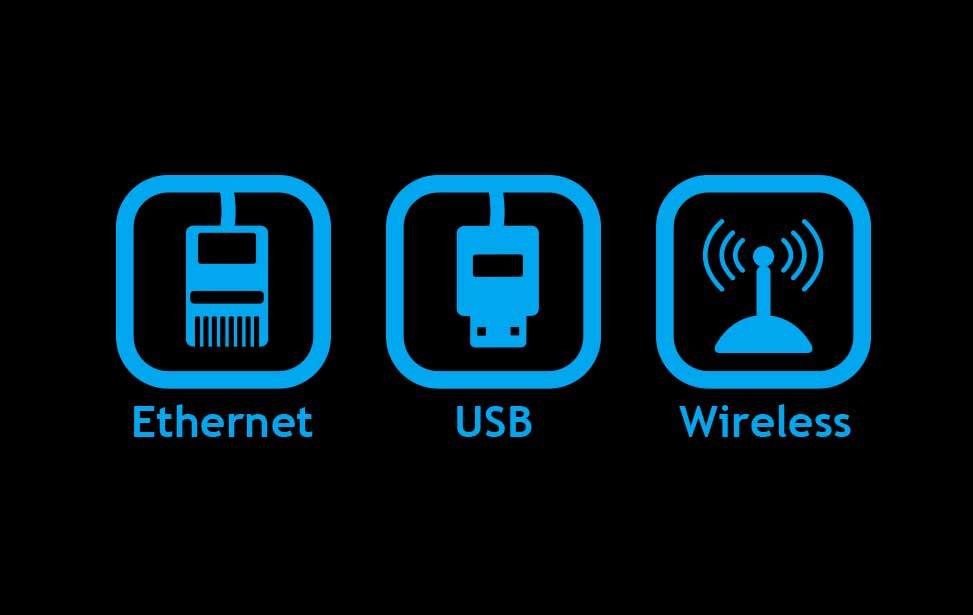
Network Across your Business
The Fibermark features built-in Ethernet, USB and wireless connections
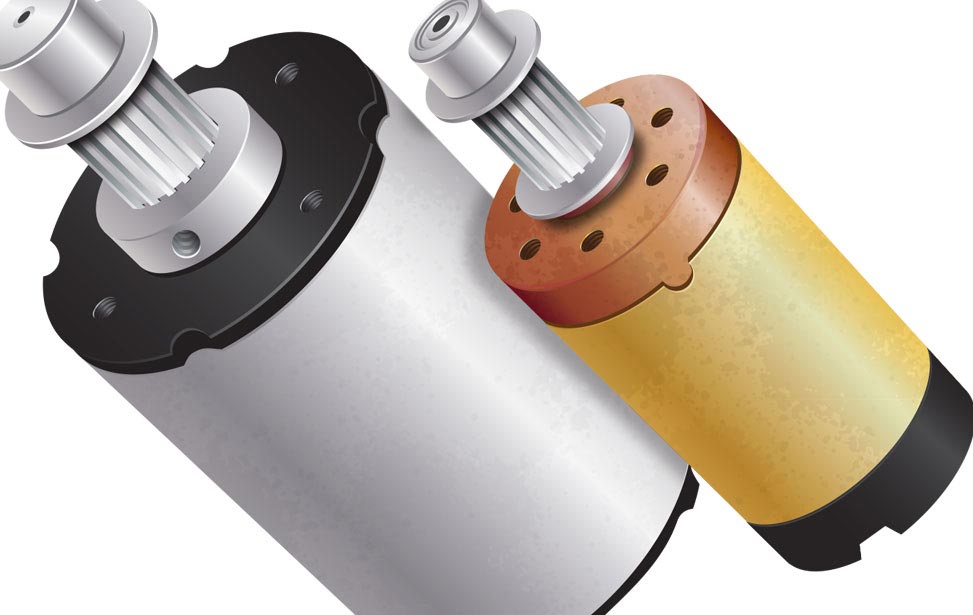
Servo Motors
Closed-loop DC servo motors drive the X/Y axes.
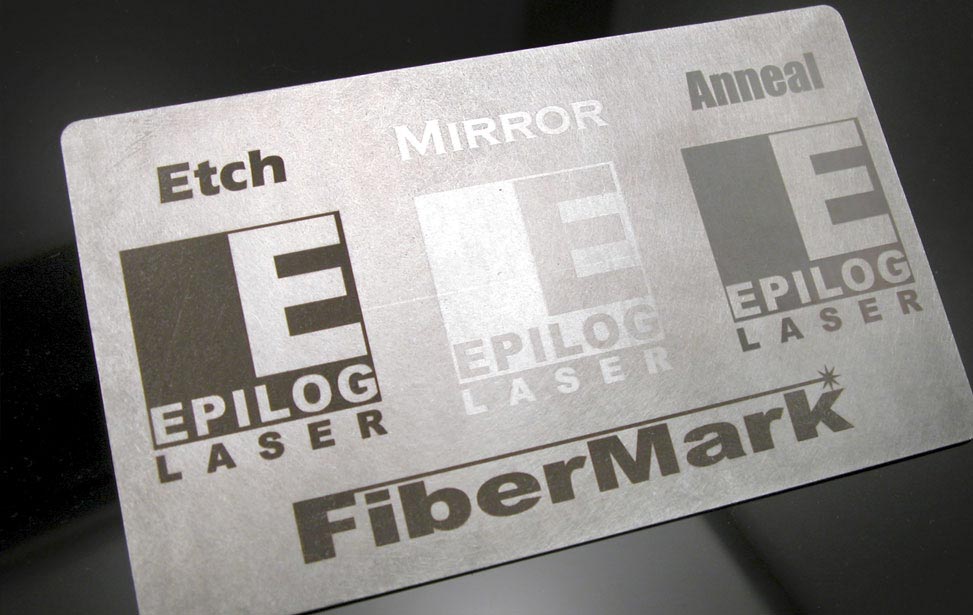
Etch, Polish and Anneal
Create multiple marks that fit your needs with easy-to-use settings.
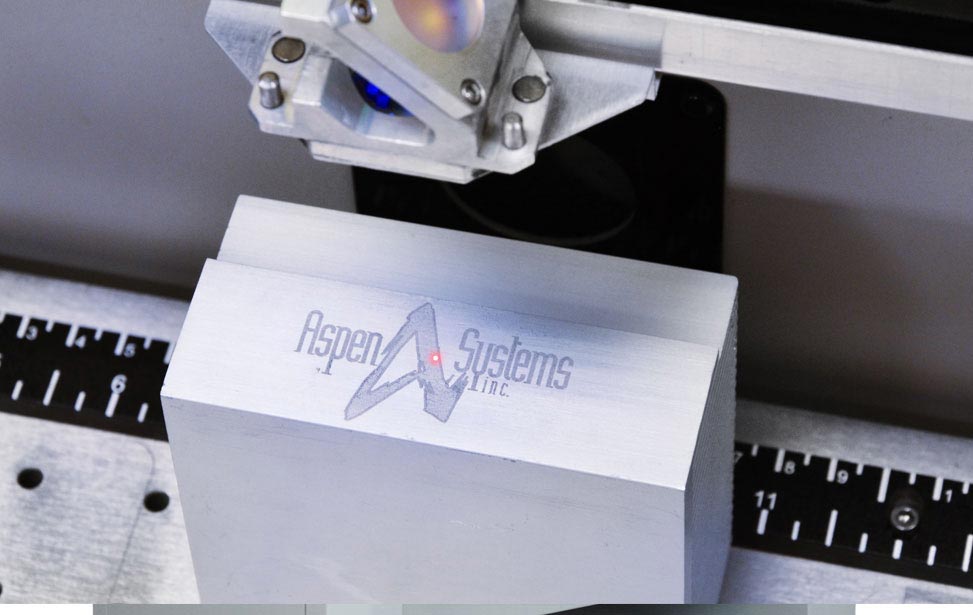
Visible Red Dot Laser
Provides a visible laser beam for setting up projects to determine exactly where the laser will fire.
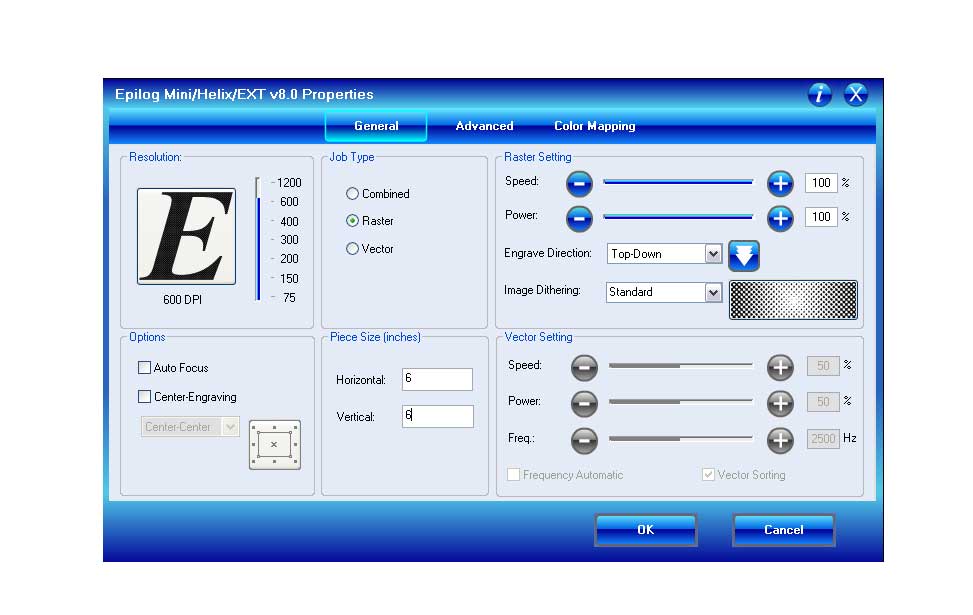
Open Architecture Software Interface
Send projects to the laser through a simple print driver, allowing you to use the software you choose.
fIBERMARK accessories
Check out some of the Fibermark accessories available below.
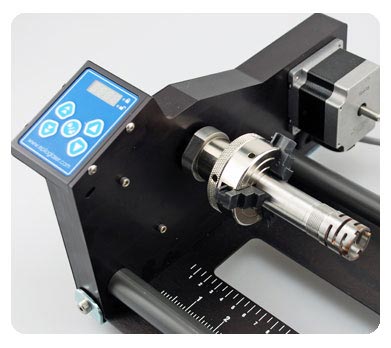
3 Jaw Chuck Rotary
The Rotary Attachment is used to mark cylindrical parts, pieces and components more conveniently than ever before. Fully programmable for a wide variety of diameters, the 3-Jaw Chuck can accommodate a significant range of material sizes. Additionally, the available tail-stock support fixture ensures correct focus on longer items.
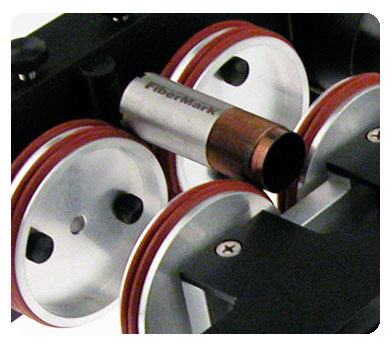
Rim-Drive Rotary
Epilog's Rim-style rotary attachment will ensure all of your parts receive a professional mark that meets the highest standards. Great for marking cylindrical items, place your item on the two rim-style wheels and start engraving.
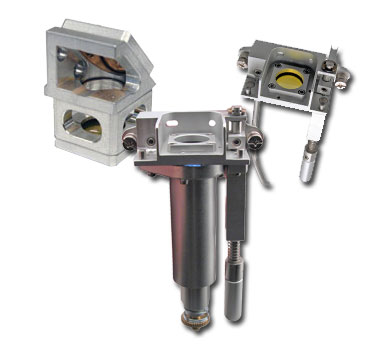
Optional Lenses
Epilog's Fiber Laser systems come with a standard 3" (FiberMark S2) or 5" (Fusion M2) focus lens. This will suffice for most metal/plastic marking application. However, users will find some applications require our more specialized lenses.
FUME EXTRACTION
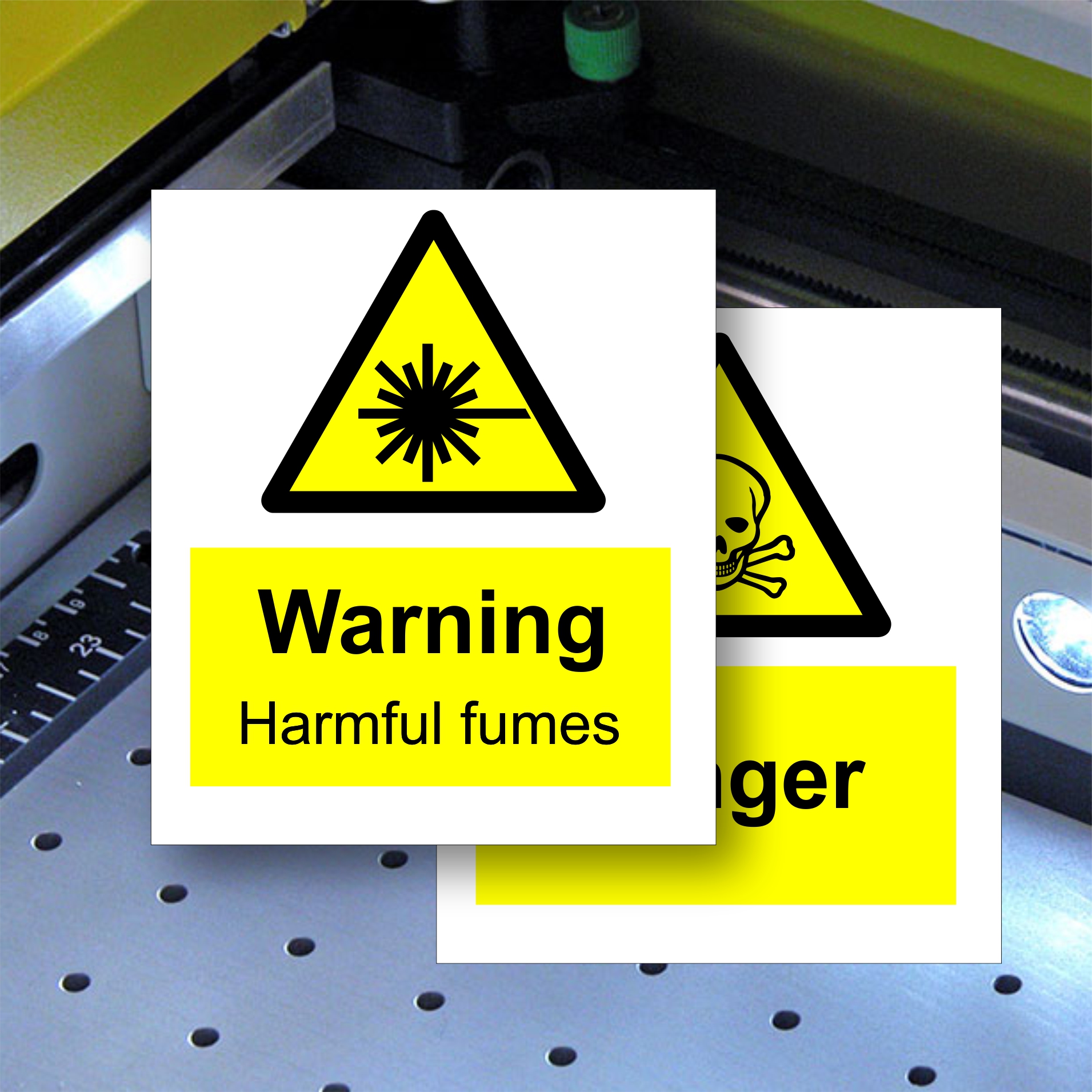 Virtually all laser operation whether engraving, marking or cutting will give off different levels of smoke and fume depending on the material being converted. It is vital that these elements are removed in an efficient and safe manner to avoid poor quality cutting, potential corrosion of machine parts and danger to the operator. Discover more on fume extract here.
Virtually all laser operation whether engraving, marking or cutting will give off different levels of smoke and fume depending on the material being converted. It is vital that these elements are removed in an efficient and safe manner to avoid poor quality cutting, potential corrosion of machine parts and danger to the operator. Discover more on fume extract here.


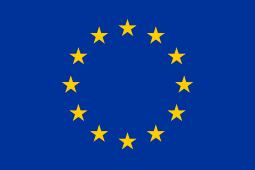 EUR (€)
EUR (€)



 Help
Help



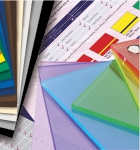 Compatible Materials - CO2 Lasers
Compatible Materials - CO2 Lasers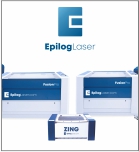 Epilog Full Brochure
Epilog Full Brochure

